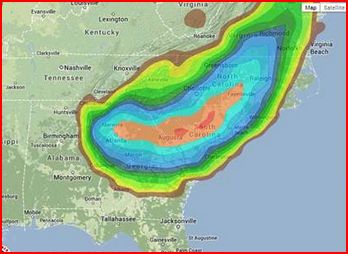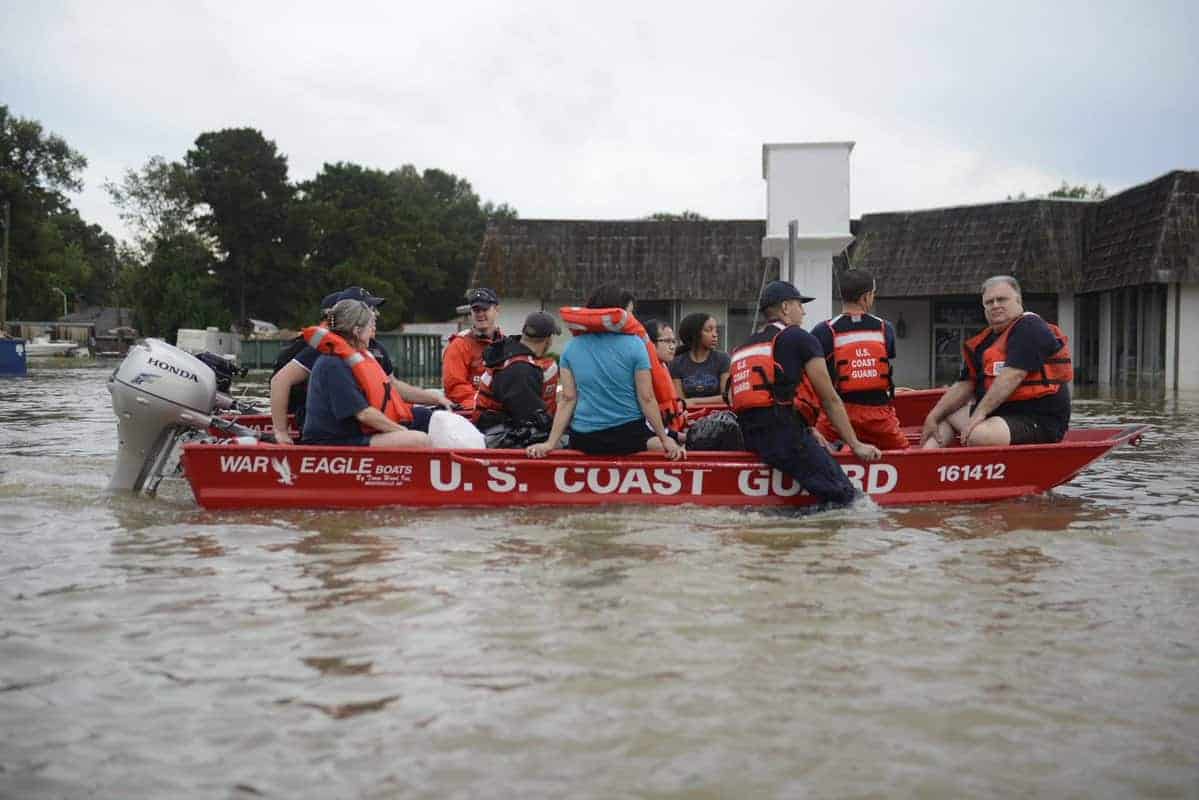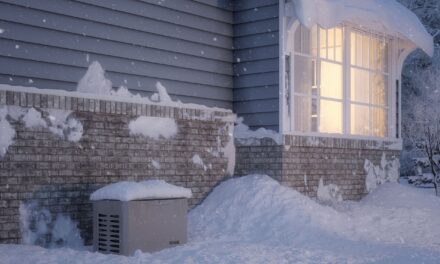As the United States records 2014 as one of the coldest and snowiest winters in recent memory, the number of winter-weather-related power outages may also be one for the records. Major ice storms have plunged large portions of the southern half of the country into darkness, while the East Coast and Midwest have been pummeled regularly with snow and ice.
The most recent storm cut power to nearly one million utility customers, and some waited days for restoration. Lack of heat was the cause of at least one death this winter. Damage to homes from outage-related flooding or freezing is always a problem during winter outages.
Note: Anyone using a generator for emergency home power should install carbon monoxide detectors in the home’s living areas.
Backup Generator Use
The most common solution to a power outage regardless of the season is a generator. The safest, easiest option is a standby unit. Permanently installed and connected, standby systems continuously monitor the utility power and automatically start and run within seconds after detecting an outage. The automatic transfer switch that connects the generator to the home transfers the power source from the utility lines to the generator while simultaneously isolating the system from the utility. When power is restored, the process is reversed and the generator shuts down.
Standby generators usually run on either propane or natural gas, but some diesel models are also available.
Another option is the portable generator. Portables are not automatic and require a human to connect them, start them, and refuel them, each of which carries its own safety risks. Portable generators can connect directly to appliances with extension cords, or to the home via a dedicated cord, inlet box, and manual transfer switch.
Standby Safety
Most safety issues for standby generator systems are addressed during installation. There’s no connections to make in the rain or snow, positioning is taken care of, and fuel storage and supply are eliminated for natural gas or LP systems.
Keep the generator vents and exhaust clear of snow and ice. Do not allow snow and ice to build up on the generator enclosure.
During extended outages, the generator may require service. Follow the manufacturer’s guidelines for maintenance intervals.
Stock up on maintenance supplies such as oil and filters. Shut the generator down for maintenance and follow the manufacturer’s safety steps to ensure it won’t start or attempt to start during servicing.
Never allow children to play on or around the generator.
Diesel standby units require refueling at regular intervals. Shut the unit down for refueling and follow all safety precautions.
Portable Safety
Portable generator users are at risk for a number for safety hazards and special precautions are required, especially in wet, icy, or snowy winter conditions.
Never connect a generator to an appliance outlet. Back feeding is extremely dangerous.
Never operate a portable generator indoors or inside an enclosed space. Even if the doors and windows are open, the deadly exhaust fumes can kill within minutes.
Keep the generator 10 feet away from the house and away from vents, windows and doors. Even a small opening can allow carbon monoxide to enter the home.
Shut the engine off and allow it to cool before refueling. Follow maintenance schedules and keep maintenance supplies on hand.
Store fuel in containers made for fuel storage. Storage locations should be well ventilated and local laws for fuel storage followed.
Make all electrical connections with the generator off and the circuit breaker in the off position. After connections are made, start the generator and then turn the breaker to the on position after it warms up.
Follow the manufacturer’s instructions for proper grounding.
Photo by National Weather Service


















